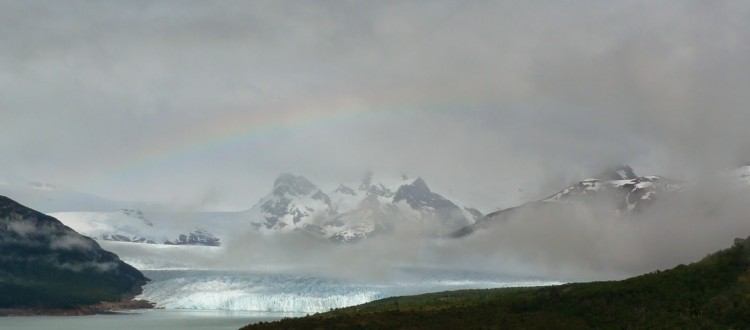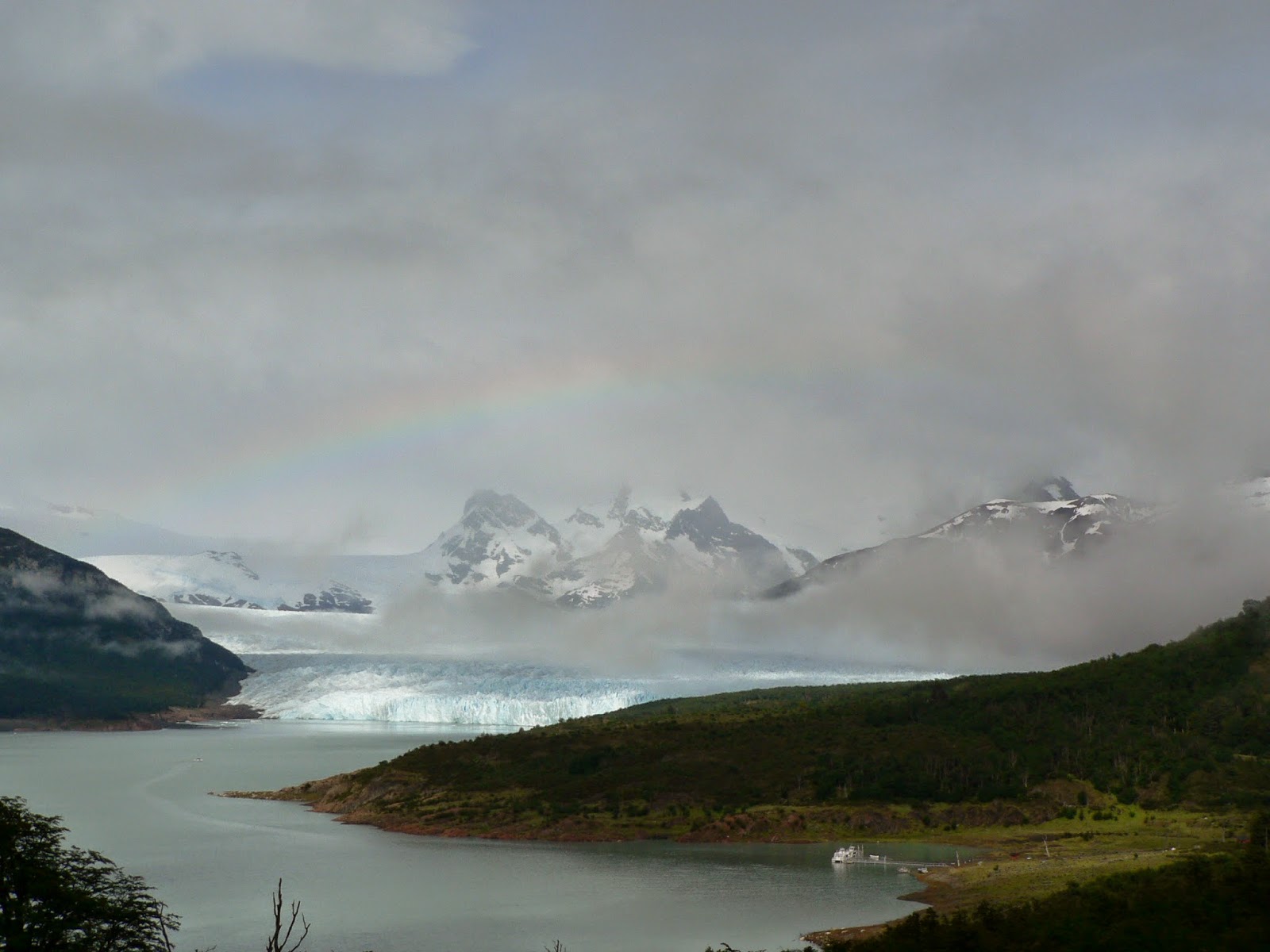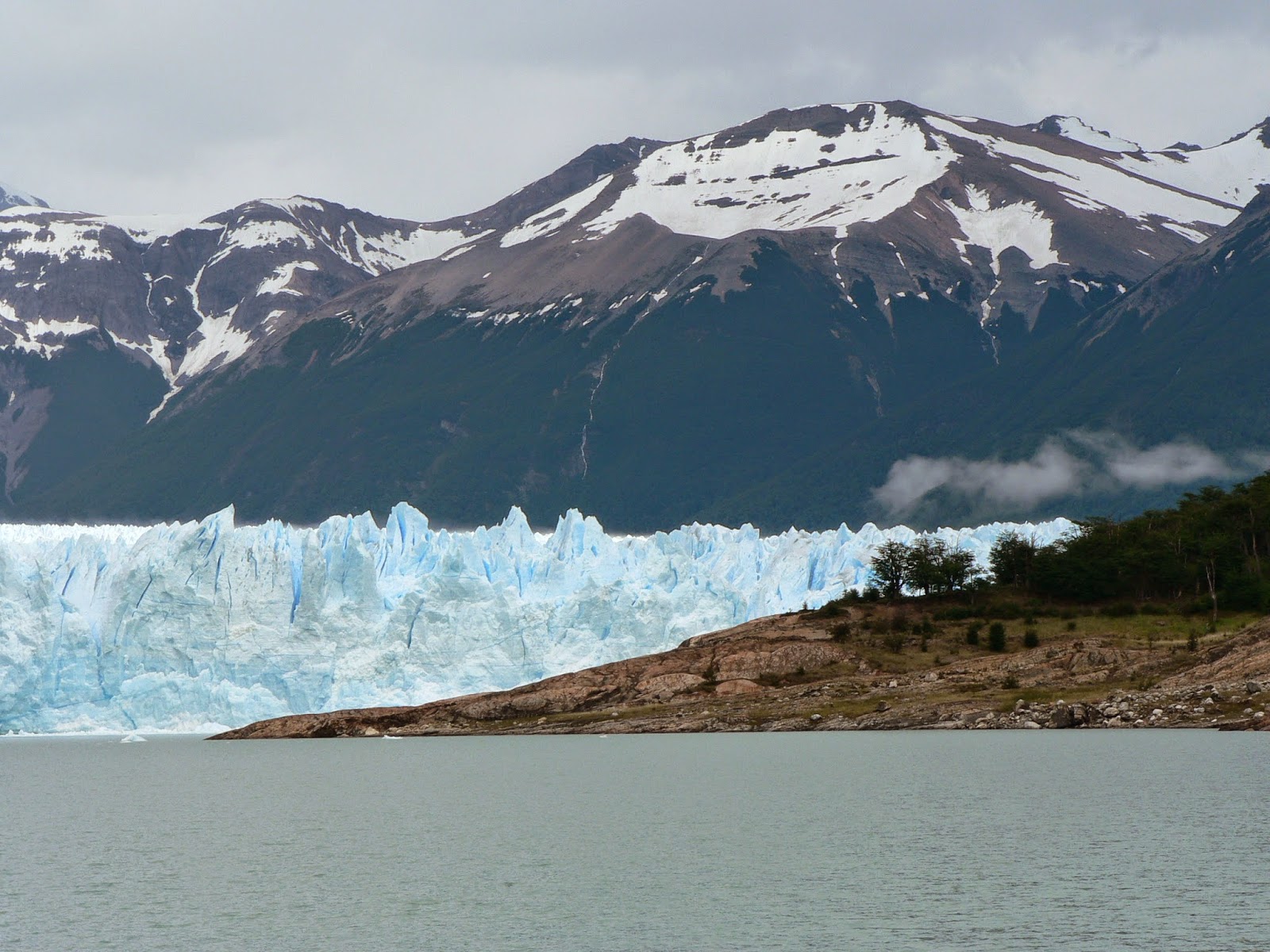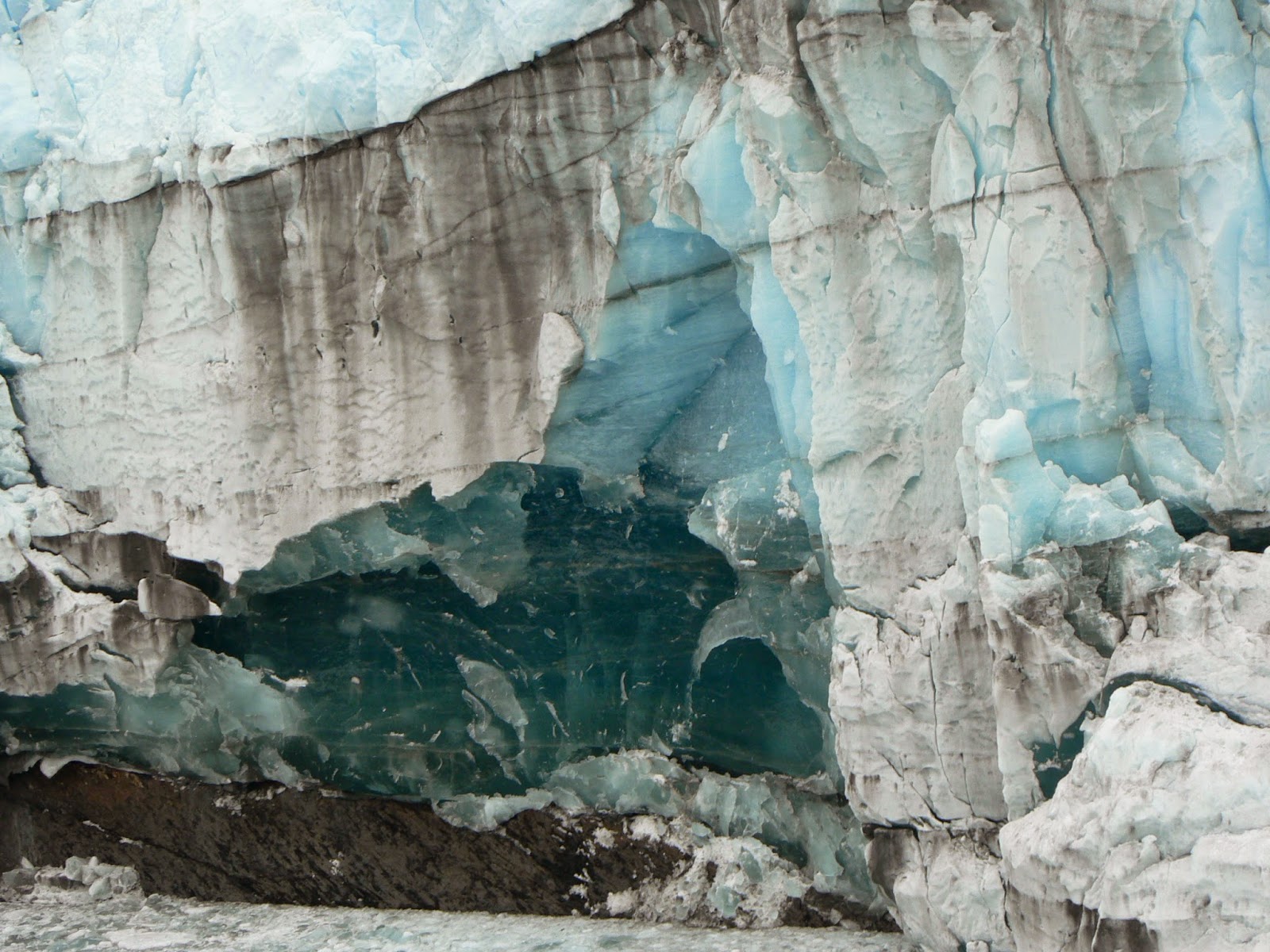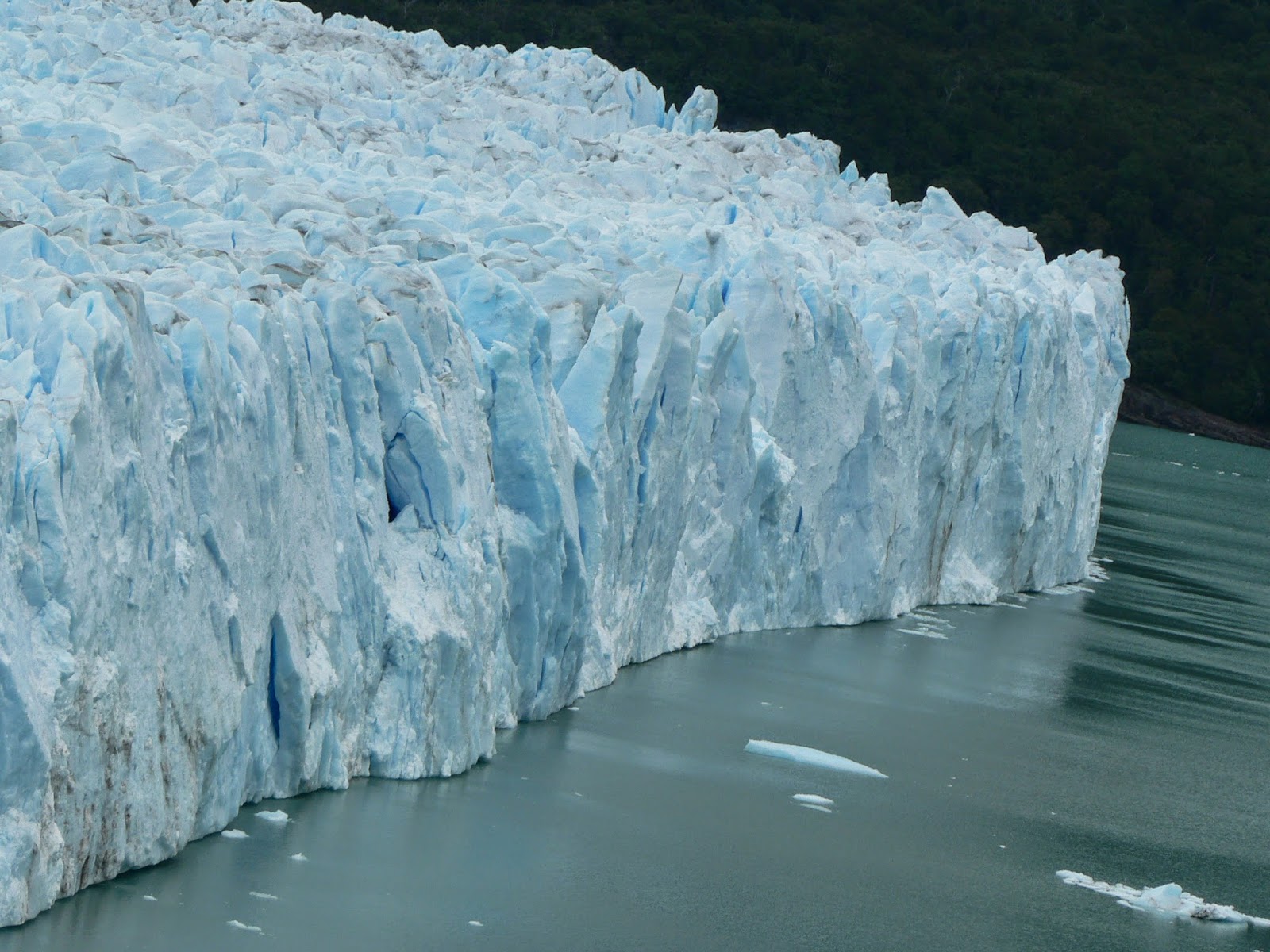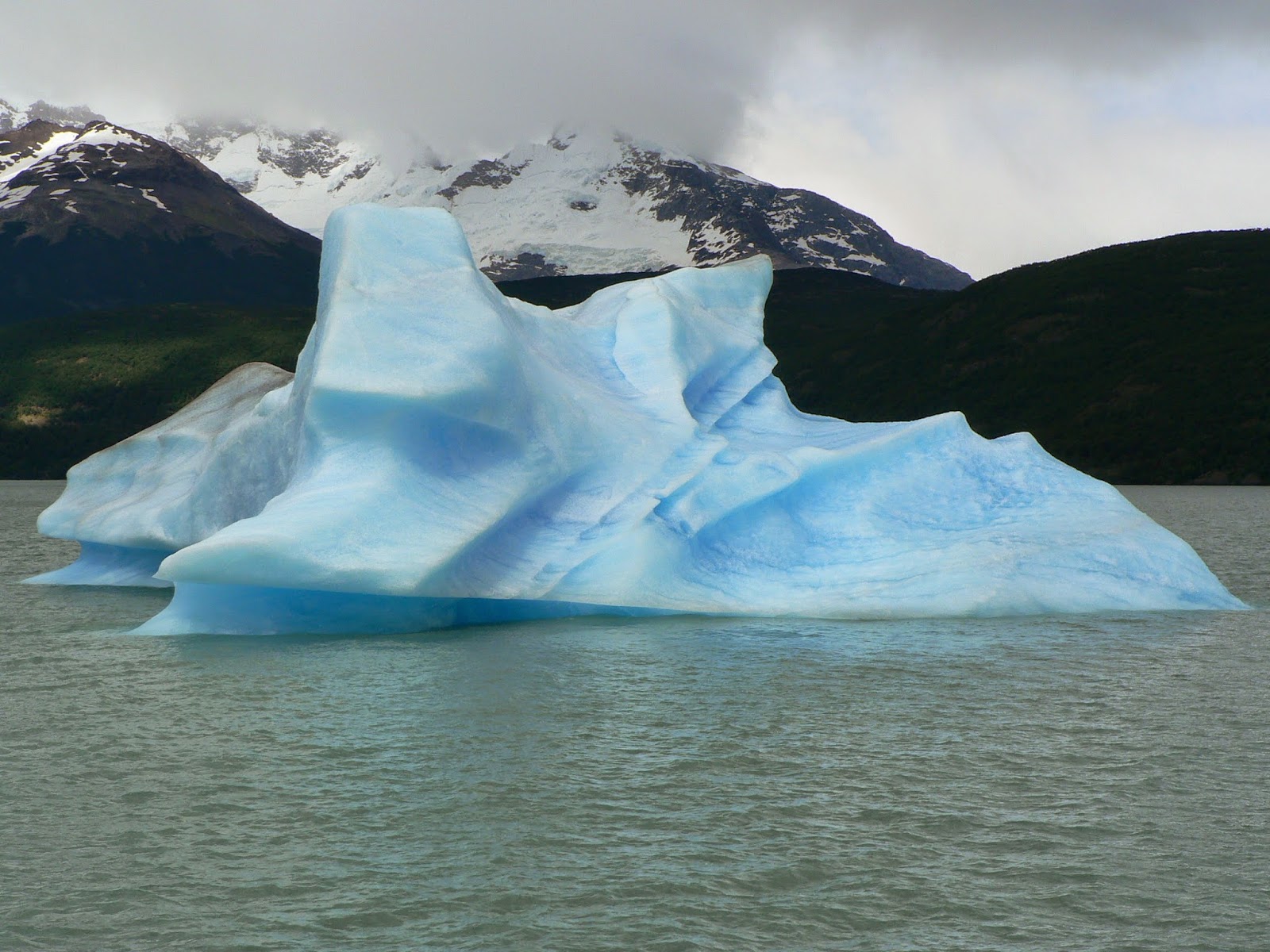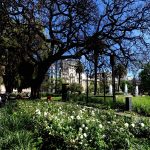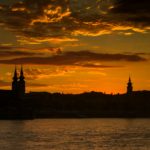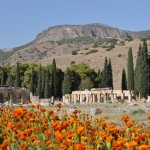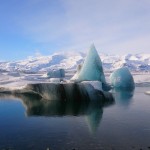Sheets of Ice: Argentinian Glaciers
Ankur and I want to visit Antarctica. Argentina is amongst the best places to take off to the relatively unexplored South Pole of the planet and we haven’t been there either! When Kevin Duncan, a seasoned traveller, writer and advisor agreed to do this guest post for us, we were thrilled. Imagining the Argentinian glaciers is easier now …and we want to get there soon …as soon as we can save enough for the trip! Read on, look at the pictures, ‘live’ Kevin’s adventure and then start saving for your Argentinian soujourn…
Unbelievable Landscapes of Argentina
…by Kevin Duncan
We are heading for El Calafate in southern Patagonia. Having nabbed a window seat, I am in prime position to observe the landscape from on high, starting with the vast width of the Rio Plata, whose banks cannot be seen from the other side. We climb west over La Pampa and head for the Andes, pit stopping at the charming San Carlos de Bariloche half way down this massive mountain range – the spine of South America. At this stage the scene is somewhat alpine – low slung mountains interspersed with a string of glacial lakes. Heading directly south now, the range becomes wild and jagged. This is Patagonia, although no one can really define where it starts – more of a concept or state of mind than a strictly delineated area. Massive glaciers with their corresponding terminal lakes start to appear. We cross them one by one: San Martin, Viedma and Argentino, until banking in low to land in El Calafate.
A half hour drive takes us winding up the lakeside to the snout of the Perito Moreno glacier, named after the surveyor who discovered it. Large birds of prey – carancho or caracara – greet our arrival by dancing on the road as we pull up to our hotel, Los Notros, named after the local Chilean Firebush which produces blazing clusters of red flowers. With a tight valley at the head, the glacier looks as though a 200-foot wall of white horses are careering towards you. 5km wide at the mouth, this monster moves a metre a day.
After a superb meal overlooking this extraordinary scene, we awake the following morning to our first task – walking across the glacier. This includes a detailed lesson in glaciology. We start by taking a 20-minute ride across the lake. All glacial lakes are peppermint green and include “glacial milk”, a fine insoluble powder that the glacier grinds out and dumps in the lake it creates itself. Most glaciers these days are receding since we aren’t in an Ice Age, which means that the glacier has already carved the valley in front, dumped its terminal moraine (a huge wall of rocks pushed to the end), and filled it with melt water.
We cross the milk, scratch along the moraine beach and are fitted with crampons to help us across the ice. There is a knack to walking with these things on – put your complete foot down for full grip, keep your legs apart so you don’t lacerate your calf muscles, lean backwards as though you are sitting down when heading down slope, and splay your feet like a duck when you go uphill. And so, plodding along like a cross between a mallard and a windsurfer, you begin your ascent of the monster.
As with all ice structures, there’s much more below the surface, so this 200-foot glacier is also 300 foot below the water line. What appears to be a uniform piece of ice from miles away is actually a maze of ice pillars and crevasses, lakes, pools, gulleys, rivulets, and mixed colours. This isn’t conventional ice – it’s compacted snow that fell 400 years ago on the mountains above. It grinds out lateral moraine at the sides, and creates medial moraine in the middle where two glaciers join from different valleys. Like a river, there is much motion, with the sides moving much slower than the centre. This creates stress, which explains the ripping of crevasses in the line of flow. So we go, literally, with the flow as we work out way across the structure. Suddenly you are confronted by ten-foot ice walls and, armed only with a pick and some crampons, you have to find a way around. In every undulation there is a new scene – bright, luminous blues of heavily compacted ice, translucent glasses, pools, rivers, sink holes, and weird shapes carved by wind and water. Because anything that lands on a glacier is warmer than it, the shapes of small rocks and even leaves are etched into the surface.
After a couple of hours we finish our expedition with a scotch and ice – scraped from the glacier of course. There’s no need to take water up here – you just drink as you go along. It’s beautifully clean, and nothing lives here – with one exception – a bizarre insect that looks like a cross between a cricket and a beetle. Apparently it survives because is has no blood – just a weird internal system based on glycerol or ethanol or something that doesn’t freeze. They potter about feeding off microorganisms on the glacier surface. It’s a superb experience!
About the author
Kevin is a business adviser, motivational speaker and author. He has travelled to over 70 countries, and blogs about his experiences at www.soditimoff.com. He can be reached at kevinduncanexpertadvice@gmail.com

